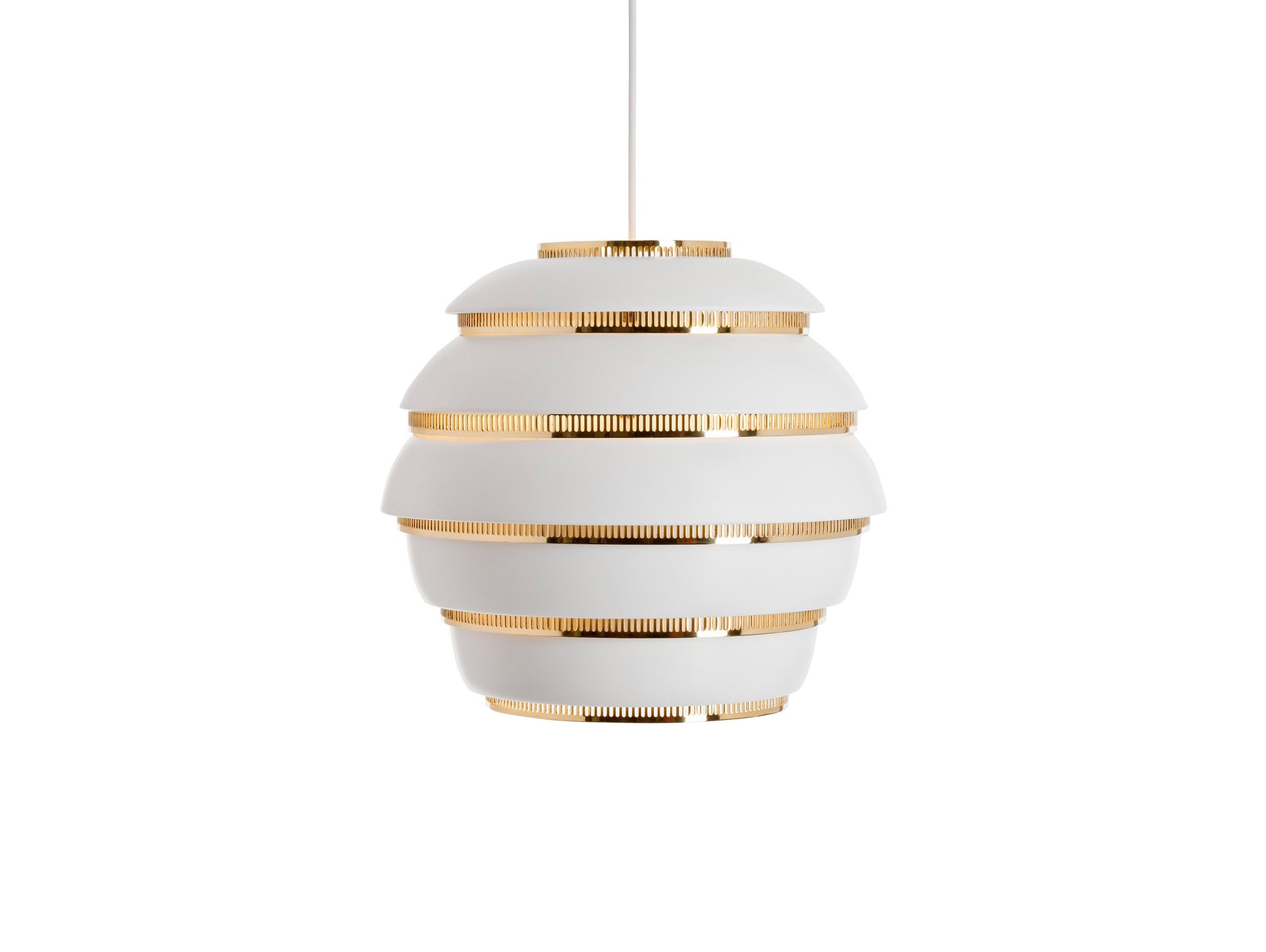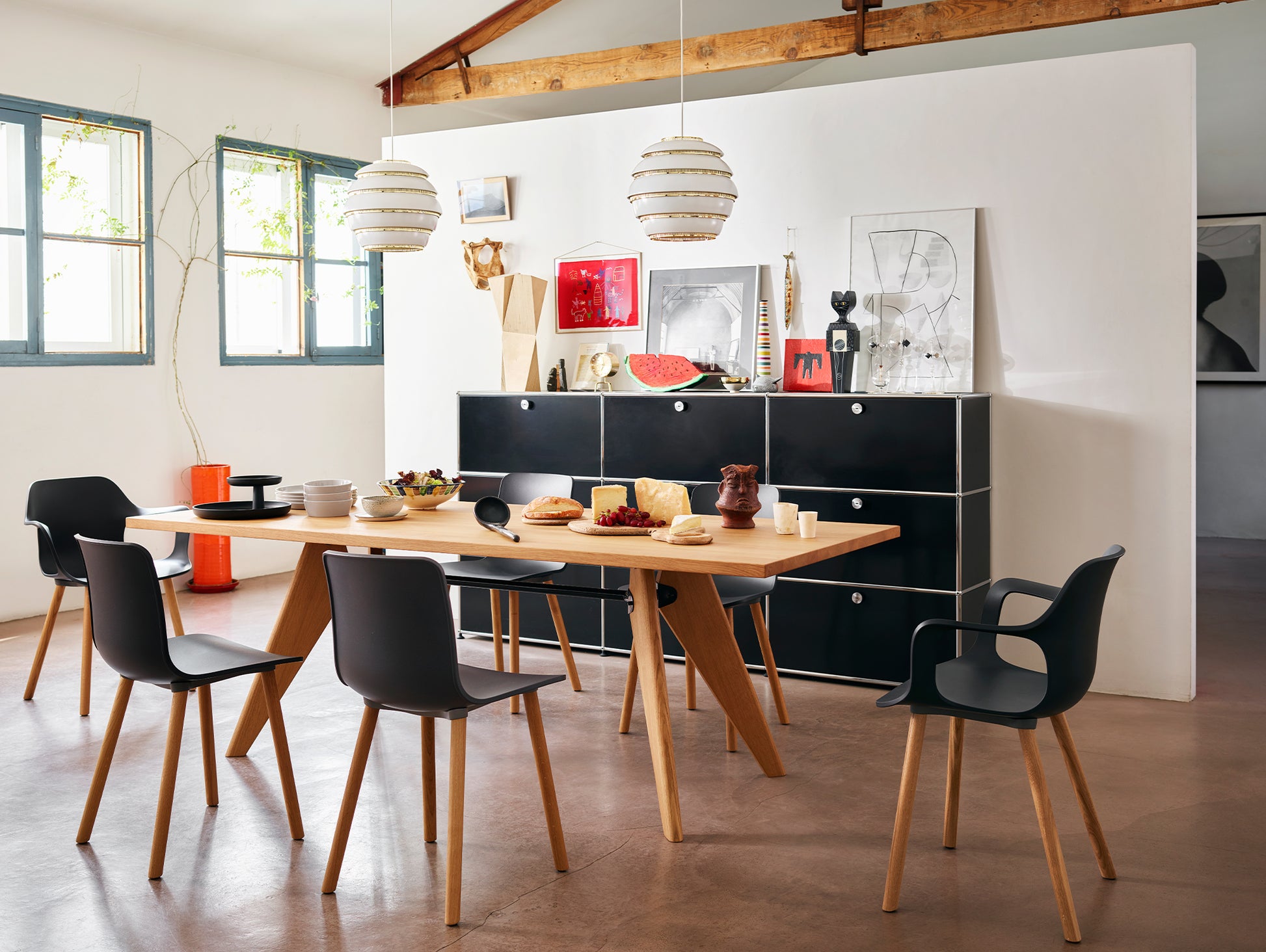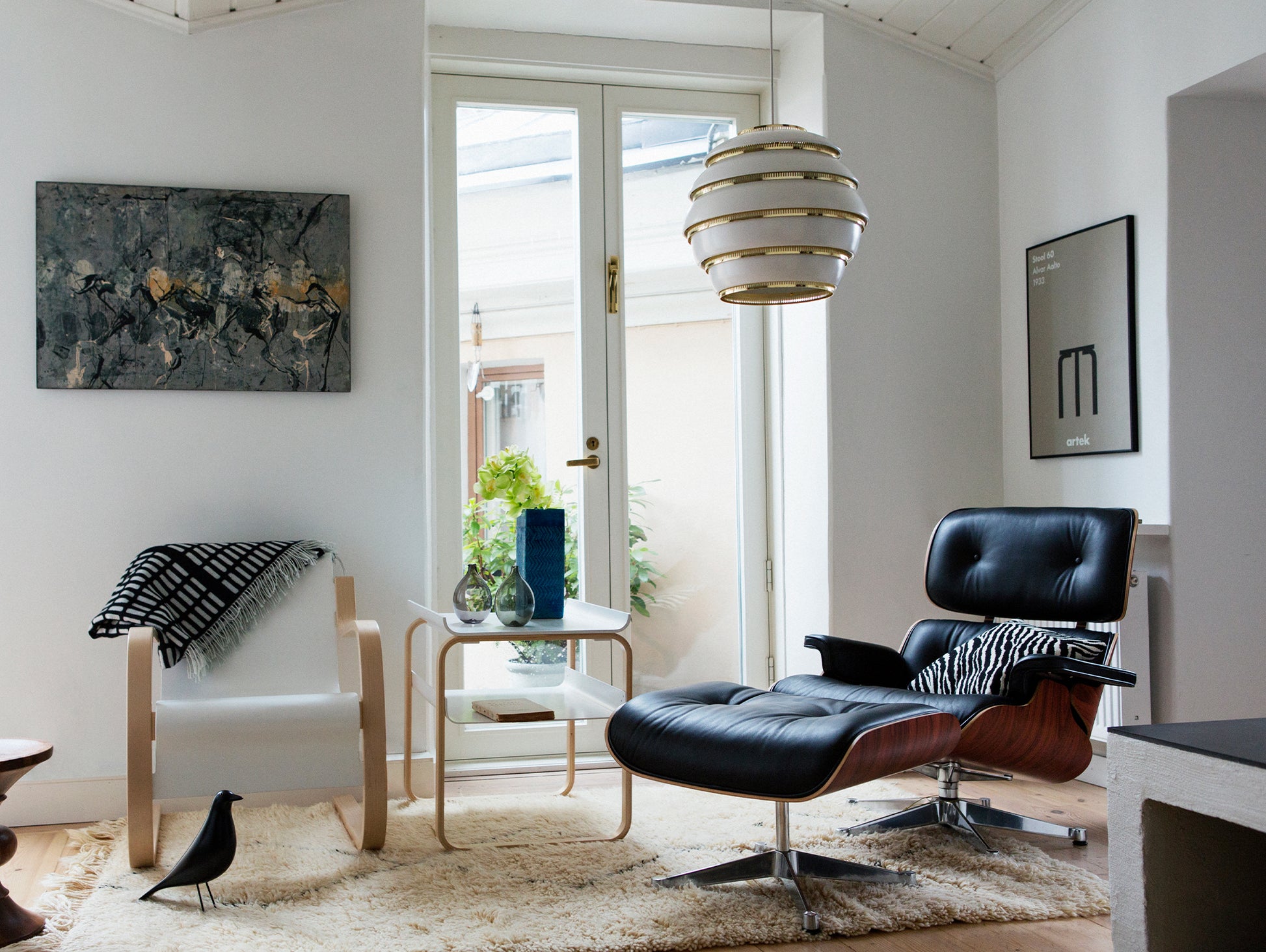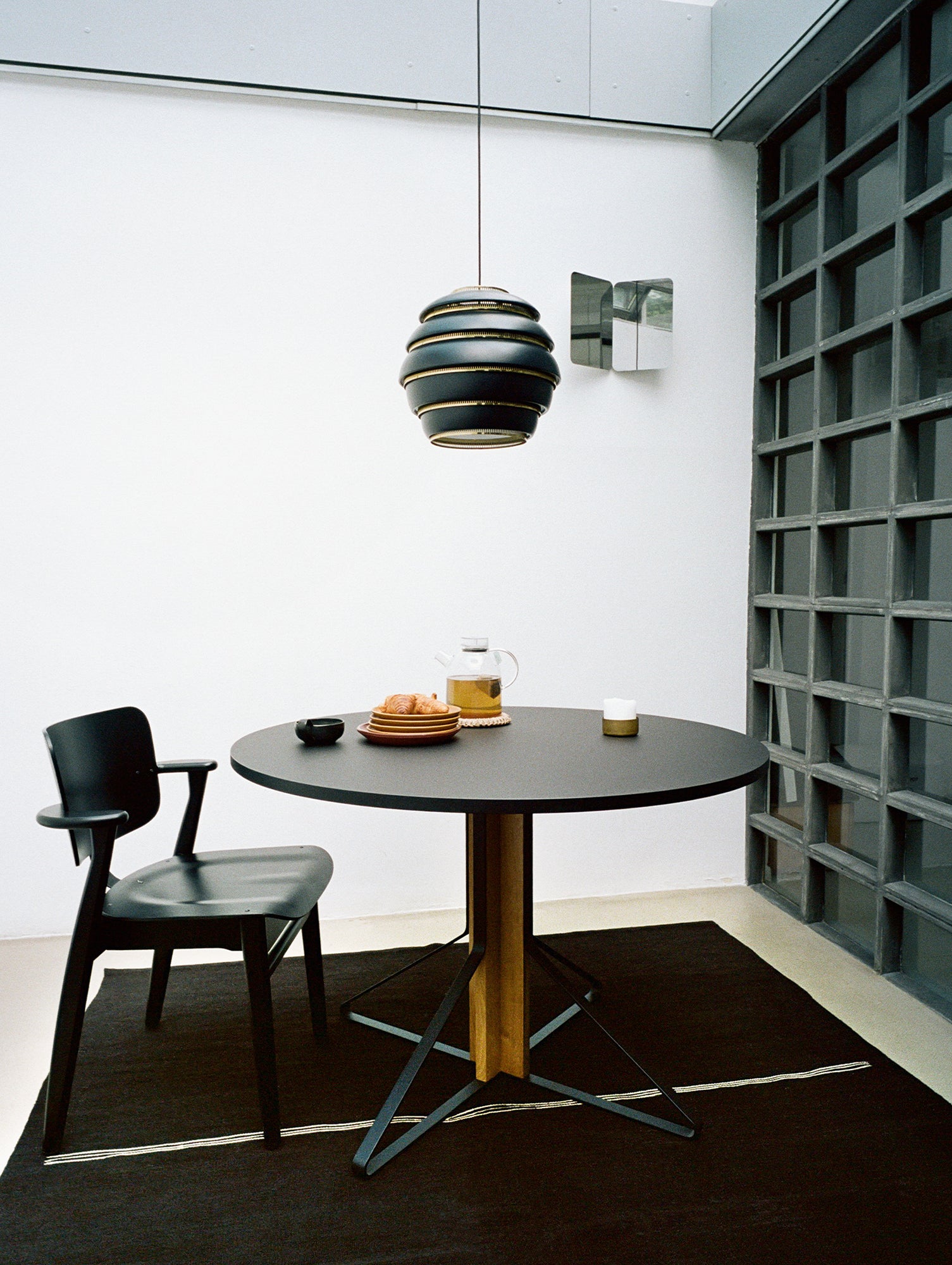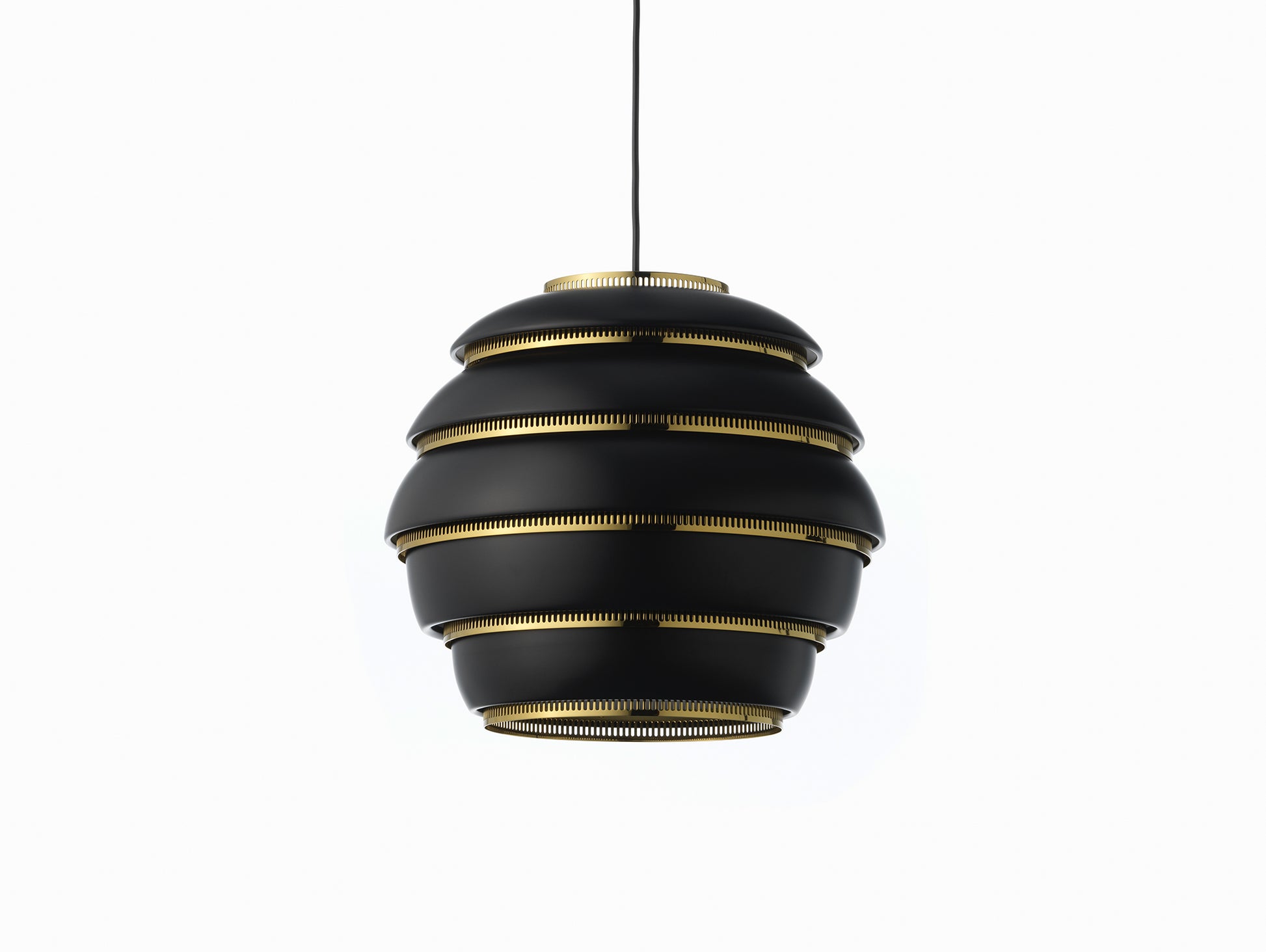











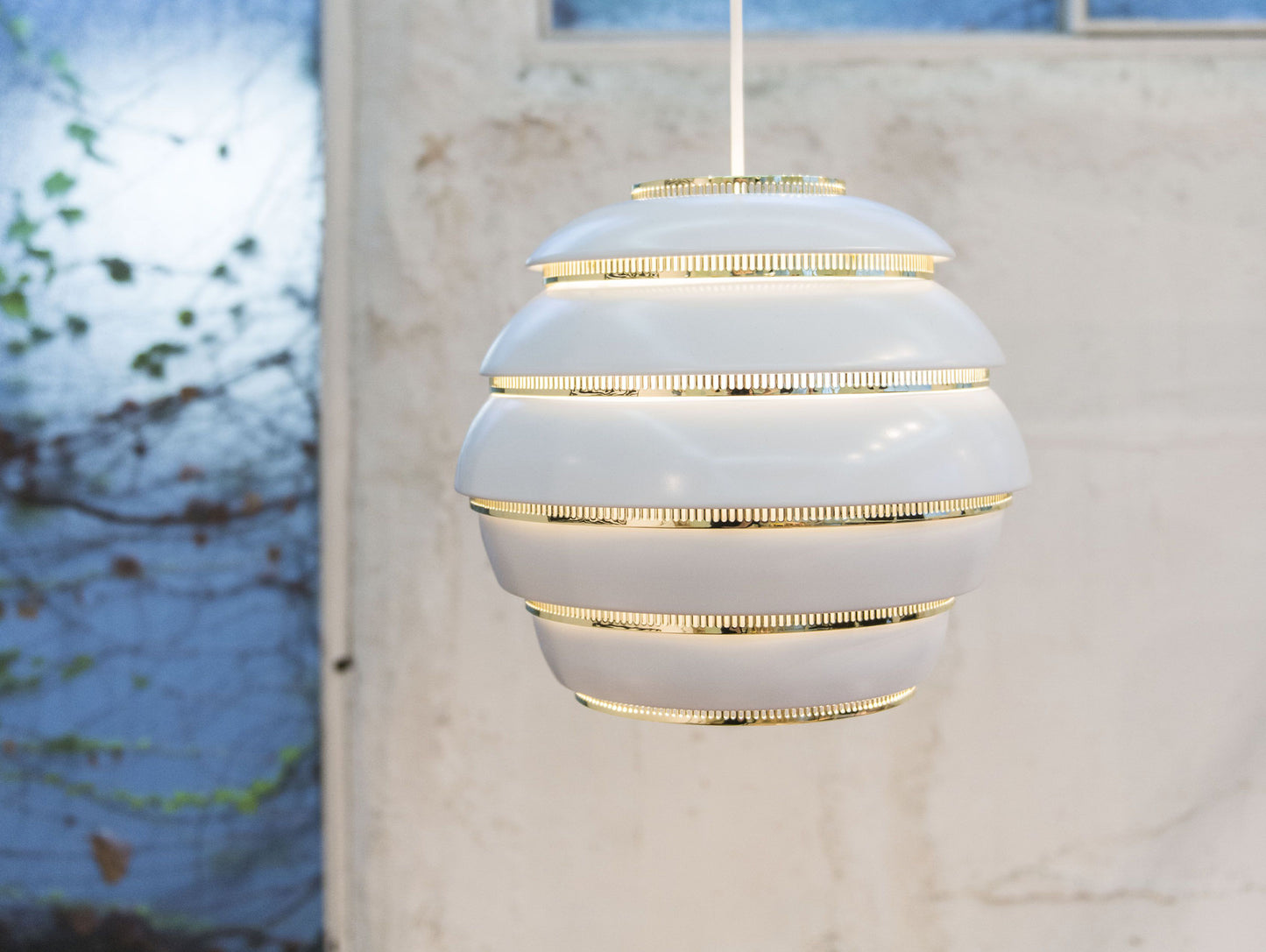






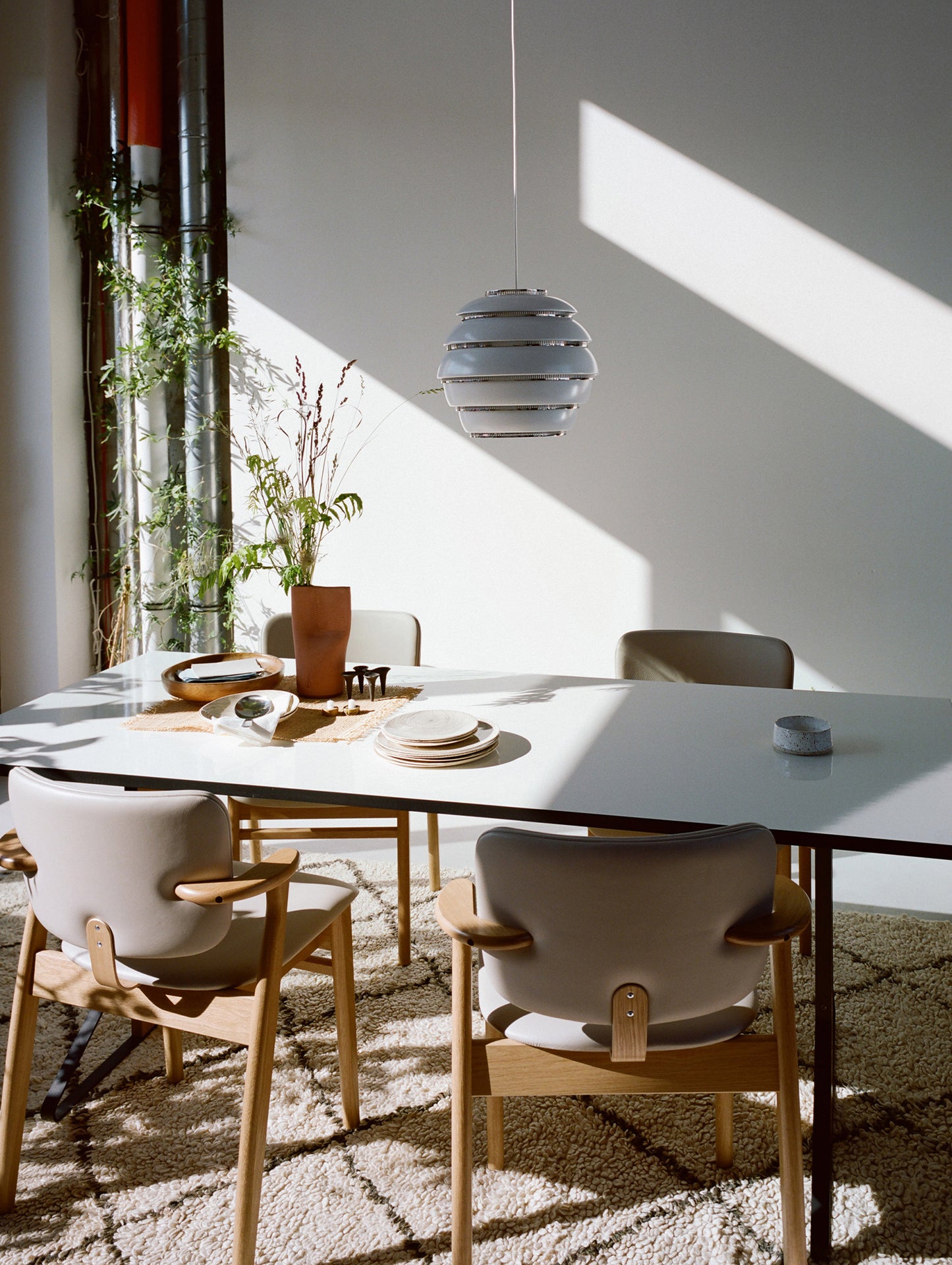


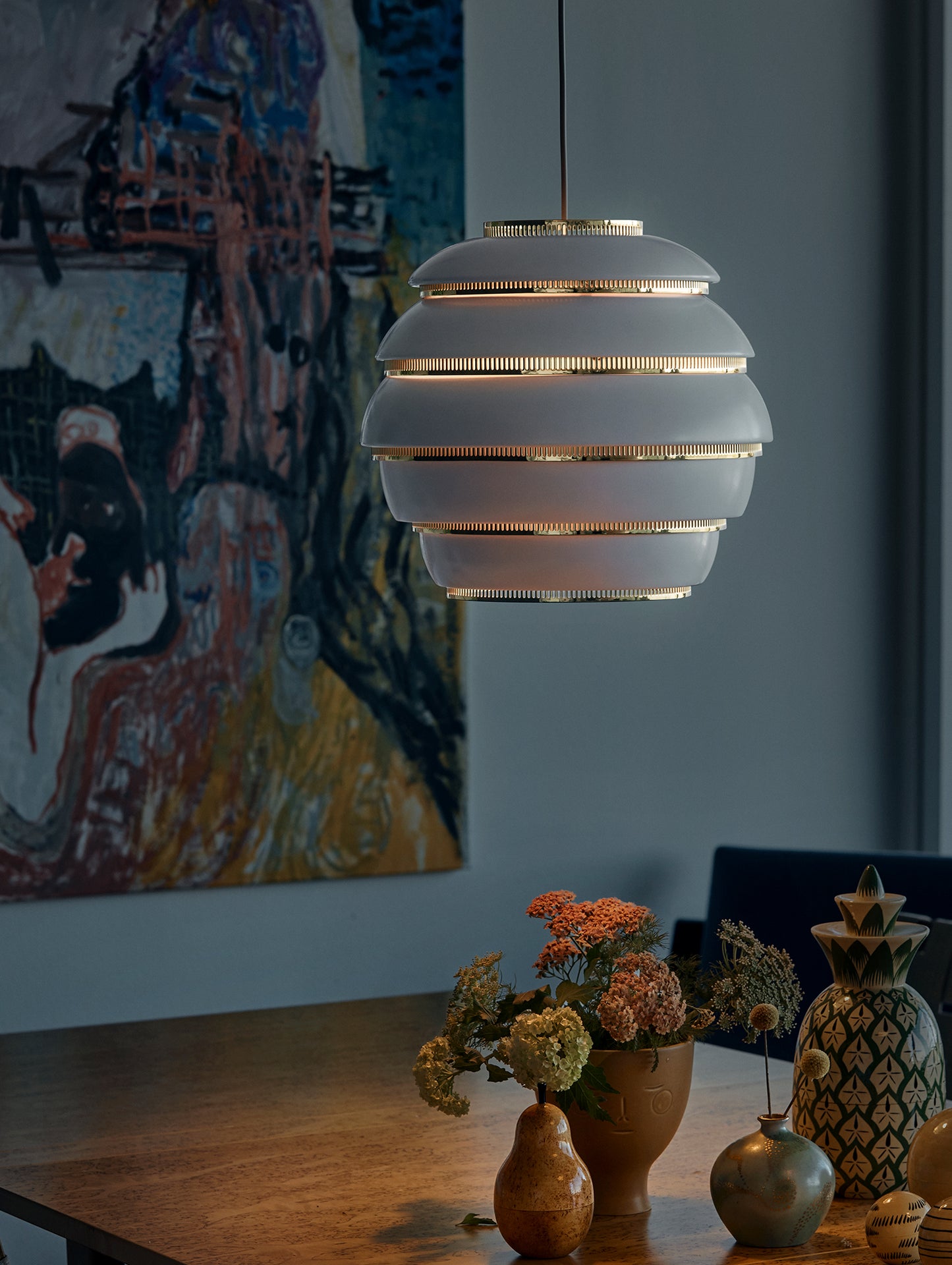














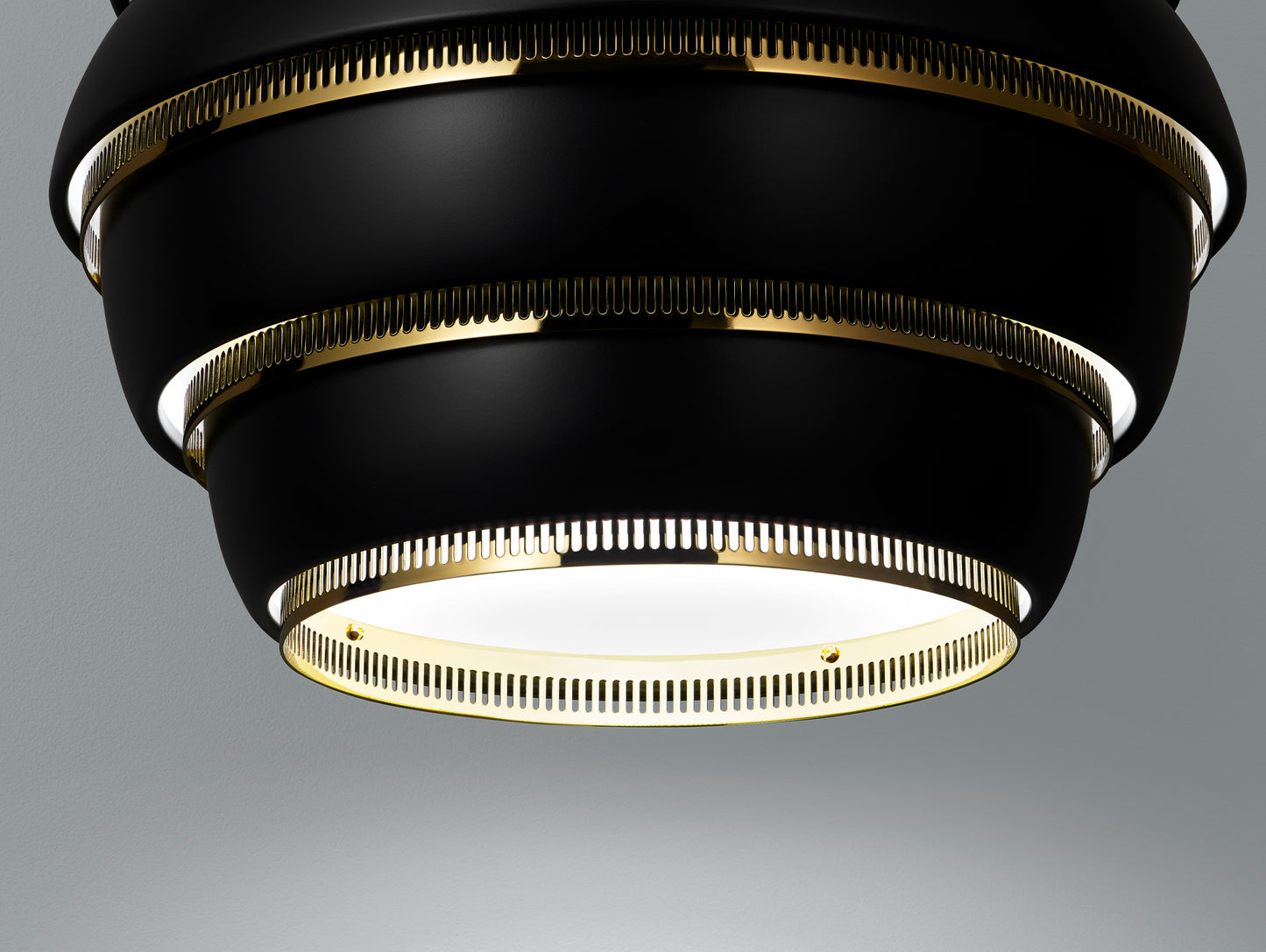






May we also suggest

This product is designed by
Alvar Aalto
Alvar Aalto (1898-1976), born in Kuortane, Finland, is now recognised as one of the great masters of modern architecture. He designed buildings for nearly all the significant public institutions, as well as standardised housing and private homes, during his long and prolific career. Aalto was one of the co-founders of Artek, leaving a legacy with lasting resonance.
Aalto's architecture is notably Finnish, exhibiting a strong individuality and marked by warm humanity. His buildings derive their aesthetic character from their dynamic relationship with natural surroundings, their human scale, well-executed details, unique treatment of materials, and innovative use of lighting.
Alvar Aalto's name has become significant in the history of design due to his innovations in form and line....

